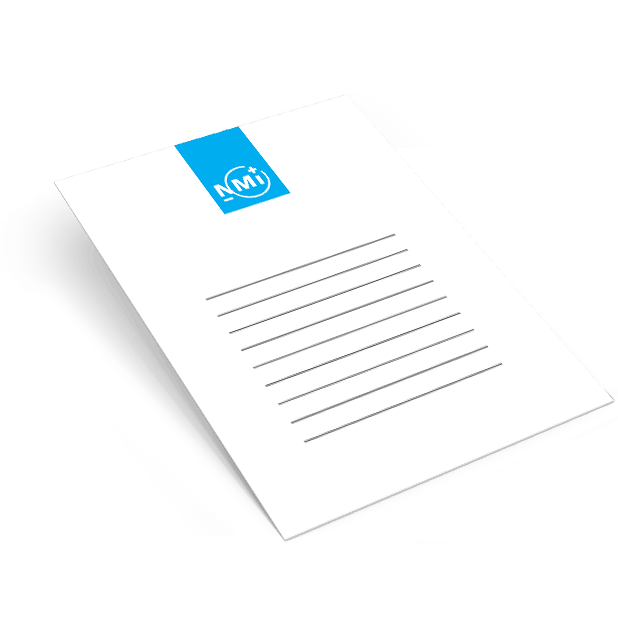
31 Oct Maintaining Transparency in Wine Packaging: No Shrinkflation Here
Maintaining Transparency in Wine Packaging: No Shrinkflation Here
31 October 2023
When you purchase a product, it’s only fair that you receive the amount you paid for. However, consumers often find themselves at a disadvantage when verifying the quantity of a product they’ve bought. That’s why legal regulations exist to ensure fair trade practices when specific measuring instruments and systems are used. Consider everyday items such as petrol pumps, electricity meters, beer glasses, and weighing instruments; these require precise measurements to guarantee consumer satisfaction.
This meticulous approach extends to prepackaged products, which must adhere to specific metrological rules. Most prepackaged products are required to display a nominal quantity, which is a crucial piece of information for consumers. When a product bears the e-mark, it means that the actual quantity must be at least as much as the declared quantity. Furthermore, for products with the e-mark, there are specific regulations concerning how much the actual quantity can deviate from the nominal quantity. There are also stringent rules governing the process of filling, measuring, and checking by the packer. In this regard, the Netherlands Measurement Institute (NMi) has served as the e-mark expert for nearly 45 years.
The e-mark is a regulated standard that operates on the European level, with EU Directives dictating its implementation into the national legislation of Member States. In the Netherlands, this is outlined in the Commodities Act (Warenwet).
In the early days of the e-mark, there were predefined standard ranges of mandatory nominal quantities that packers had to select from. These ranges aimed to ensure that prepackaged products of the same nominal quantity were approximately the same size, making it easier for consumers to compare prices when products were of “approximately the same size.”
In the European Union, it was obligatory for wines and spirits to adhere to these standard ranges of nominal quantities. However, for other products, Member States had the flexibility to decide if they wanted to implement these standards. The Netherlands chose to apply these standards only to wines and spirits.
Some Member States that did implement standard ranges of nominal quantities also introduced national regulations to prevent unnecessary empty space in prepackaged products. This way, consumers are guaranteed a fair deal and don’t end up with half-empty boxes of washing powder, for example.
In 2007, mandatory standard nominal quantity ranges were discontinued, except for wine and spirits. This change coincided with the introduction of on-shelf price information in supermarkets, designed to enable consumers to make better price comparisons between similar products. Consequently, the standard nominal quantity ranges were deemed unnecessary.
Today, the mandatory standard nominal quantity ranges still apply to wine and spirits. If packers intend to adjust product quantities, they must adhere to these predefined ranges. For regular wine, packers can choose from 0.1 – 0.25 – 0.35 – 0.375 – 0.5 – 0.7 – 0.75 – 1 – 1.5 – 2 – or 5 litres.
Contact us to learn more about nominal quantities and the e-mark. We’re here to help you navigate the world of fair and transparent packaging practices.





